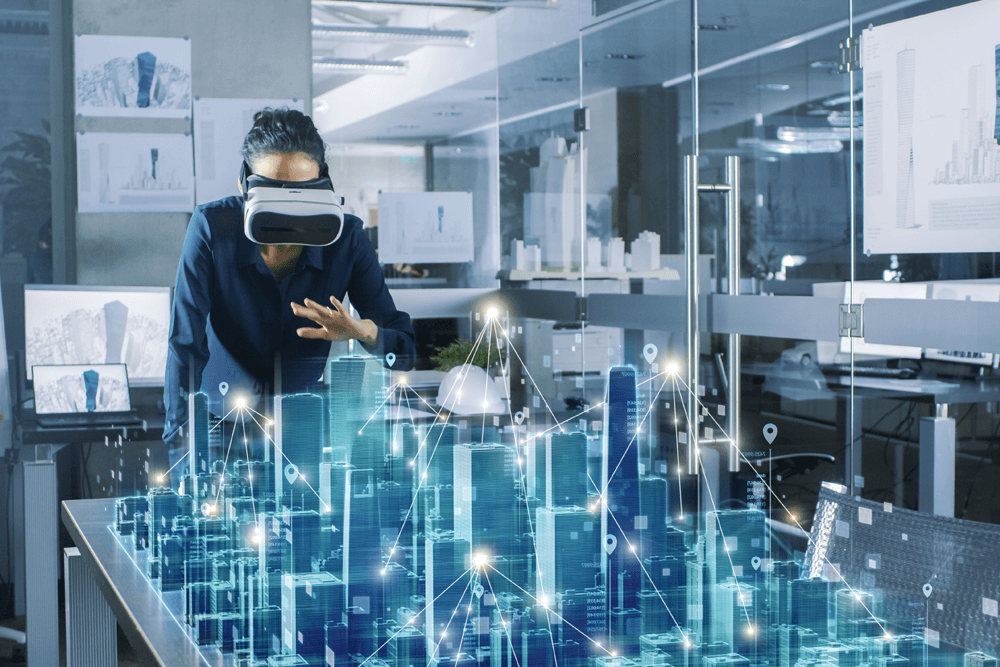Mixed Reality: Bridging the Gap Between Real and Virtual Worlds
Introduction
In our rapidly evolving digital age, technology continually pushes the boundaries of what's possible. One such groundbreaking innovation is mixed reality (MR). But what exactly is mixed reality, and how does it affect our daily lives? In this blog, we'll demystify the concept of mixed reality and use everyday examples to help people from non-tech backgrounds grasp this exciting technology.
What is Mixed Reality?
Mixed reality, often abbreviated as MR, is a term that combines elements of the physical world with those of the virtual world to create immersive, interactive experiences. Imagine a world where the boundaries between reality and the digital realm blur, allowing us to interact with computer-generated objects and environments as if they were real. That's the essence of mixed reality.
How Does Mixed Reality Work?
To better understand mixed reality, let's break it down with some simple examples:
Augmented Reality (AR): AR is a type of mixed reality that overlays digital content onto the real world. Think of smartphone apps like Pokémon GO, where you can see virtual creatures superimposed onto your physical surroundings through your phone's camera. It's like having digital elements coexist with your real environment.
Virtual Reality (VR): On the other end of the spectrum, we have virtual reality. VR completely immerses you in a computer-generated world, blocking out your physical surroundings. Popular VR headsets like Oculus Rift or HTC Vive transport you to entirely different realms, such as exploring ancient ruins or diving into the depths of the ocean.
Mixed Reality (MR): Now, imagine a sweet spot between AR and VR. Mixed reality bridges the gap by blending digital objects seamlessly with your real-world environment. A great example is Microsoft's HoloLens, which allows you to see and interact with holograms in your physical space. You can place digital objects on your table or even have a virtual pet roaming your room.
Real-World Applications of Mixed Reality
Education: Mixed reality can revolutionize education. Students can dissect virtual frogs without the need for real specimens, explore the universe in an immersive astronomy lesson, or travel back in time to witness historical events.
Gaming: MR enhances gaming experiences by bringing characters and elements into your living room. You can engage in epic battles on your coffee table, solve puzzles using virtual clues scattered around your house, or have a virtual pet that interacts with your environment.
Healthcare: Surgeons can use MR for surgical planning, viewing 3D models of patients' anatomy overlaid onto their bodies during surgery. MR can also be used for physical therapy exercises, making rehabilitation more engaging.
Architecture and Design: Architects and interior designers can use MR to visualize building designs in real-world settings, helping clients understand how a space will look and feel before it's built.
Entertainment: Imagine watching your favorite sports game in MR, where players seem to be running around your living room, or attending a concert where the holographic band performs in your backyard.
Challenges and Future of Mixed Reality
While mixed reality holds tremendous potential, there are challenges to overcome, such as ensuring user safety, addressing privacy concerns, and making MR devices more accessible and affordable.
As technology continues to advance, we can expect mixed reality to become an integral part of our lives, enhancing how we work, learn, play, and connect with the world around us.
Conclusion
Mixed reality may sound like science fiction, but it's becoming an increasingly tangible part of our everyday lives. From gaming to education and beyond, MR promises to transform how we interact with the digital world. As technology continues to advance, embracing mixed reality may be as common as using a smartphone, bringing digital and physical worlds closer together than ever before. So, keep an eye out for MR applications in your daily life, as this exciting technology continues to evolve and shape our future.



Comments
Post a Comment